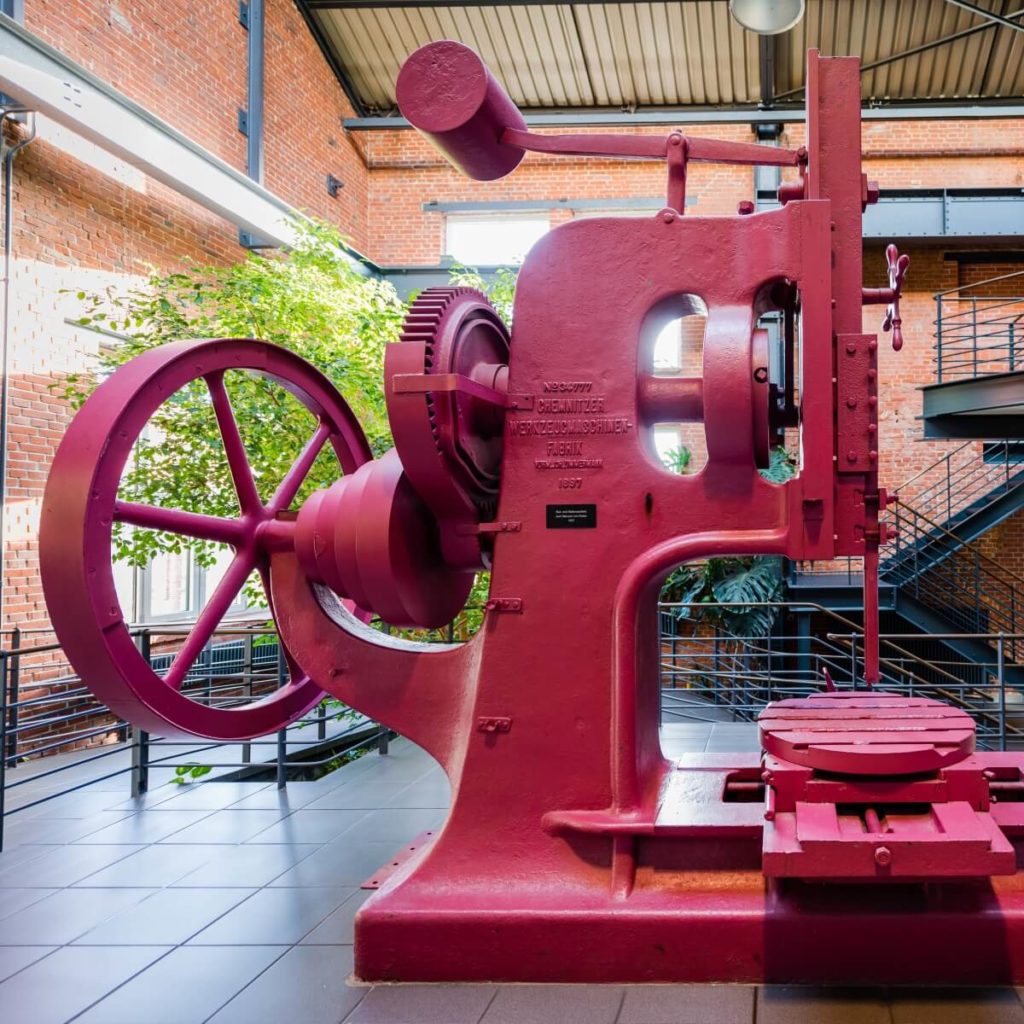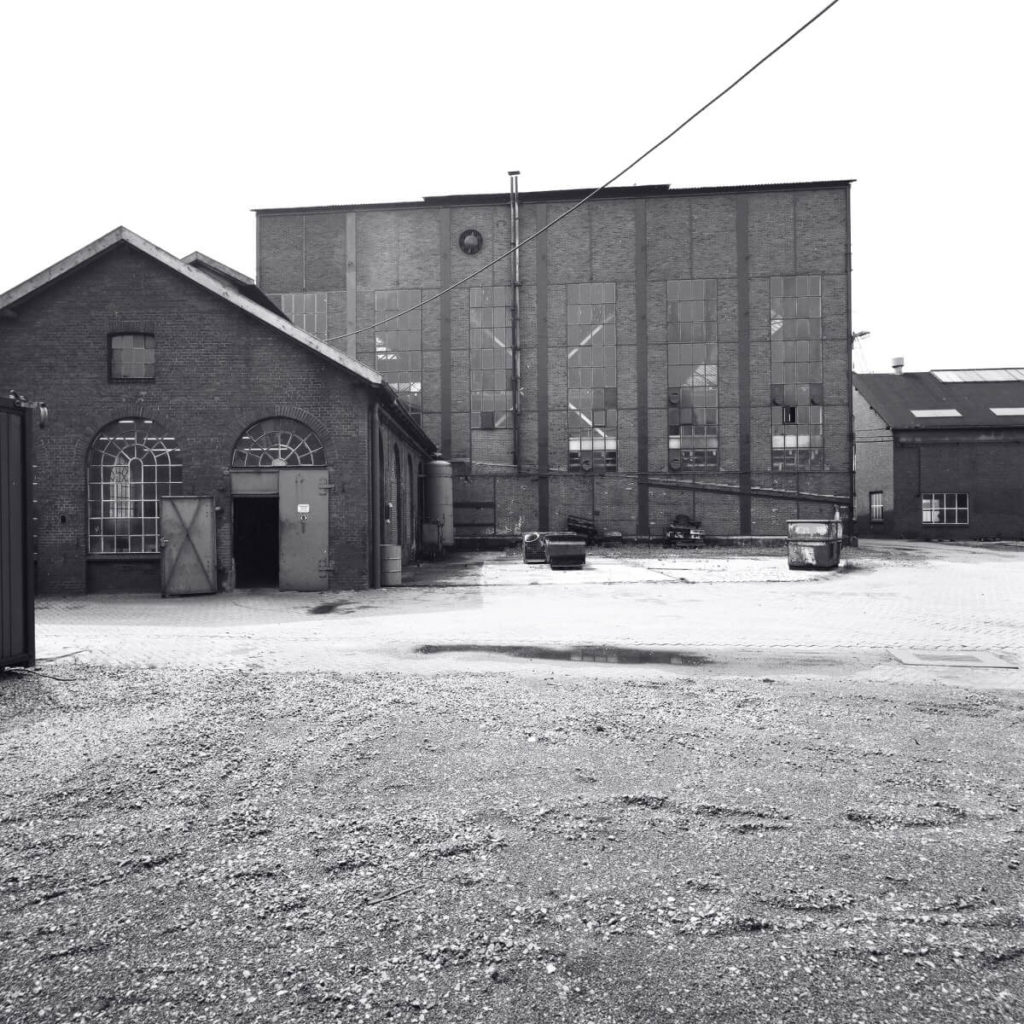- Tel.: +49 (0) 4961 920 - 0
- E-Mail: info@hotel-alte-werft.de
- +49 (0) 4961 920 - 0
- info@hotel-alte-werft.de
Immerse yourself in the history of Papenburg
and Hotel Alte Werft

On 2 December 1630 the Drost bought the fodder for 1,500 Reichstaler. In 1631 Dietrich von Velen acquired the settlement right in the moor area. 1635 is considered the founding year of the city Papenburg. Von Velen planned to connect Papenburg through a canal with the Ems.
Immediately, the canals were discovered as efficient transport routes, whereupon more than 20 wooden shipyards emerged. In 1744, one in four Papenburgers worked in shipbuilding. Through the Seven Years’ War from 1756 to 1763, shipbuilding was further strengthened, as the Ems was an important supply route for the troops. The Dever and the Ems were later connected and referred to as the so-called Sielkanal. The access to the Ems, the so-called Drostensiel (Deichtore) was at that time the deciding factor for the size of the ships (formerly only 4.67m wide). Today there are 10x wider passages. Likewise, the width of the railway bridge / sea lock was crucial for the maximum size of the ships. In 1975, the sea lock was widened to 26m, today it is already over 40m wide.
Birth of the shipyard
The history of the shipyard officially begins on January 7, 1795, as Willm Rolf Meyer with very little resources of his own appear appropriate terrain for the construction of a shipbuilding plant and three weeks later, on January 28, as the actual day of founding the shipyard, completed the corresponding purchase contract. In fact, the yard’s history started much earlier, because originally the family was called “Jansen” and operated in Völlen the ship’s carpentry. Due to the good economic development of Papenburg in 1690, Heinrich Jansen decided to move there and was received by the Catholic pastor, who, as was customary at that time, kept the register of inhabitants, saying: “I already have enough Jansen in the church. From today you are called Meyer and you are Catholic”. Because “whose government, whose religion”. The heirs of the family of origin built the Meyer Werft about 100 years later, which only built wooden ships in the early years.
The shipyard showed its pioneering spirit early on and started to build ships made of iron and steam engines as the only shipyard in the region. In 1872, the iron shipyard, iron foundry and machine factory was founded by Mr. Joseph Lambert Meyer. Joseph L. Meyer was a very intelligent person, who traveled a lot and saw that iron shipbuilding is the future, even if he was ridiculed for this opinion by the Papenburgers (“A horseshoe in the water finally go under”). With little resources of his own, he teamed up with the industrial beard, who acted as an investor in mechanical engineering. This withdrew already in 1897 from the shipyard. In 1874 the shipyard starts the construction of iron ships. The noise of riveting (the hammer blows on hot iron), were only too well known to the Papenburgers during this time. They were heard throughout the place. In our current theater there are still tools (for example, old pliers to get the hot metal out of the fire). The entrance to our town hall was the locksmith and the foyer was the foundry. There is still a slot and thrust machine (1893) and a lathe or head bank (1890). In the courtyard in front of the restaurant entrance is a hydraulic press (1950), in the lobby an old hole press and in front of the main entrance a profile scissors (1925). In the parking lot at the side entrance a roller (1895) and a punch (1890). Between 1870 and 1975, compressors were manufactured in the Maschinenfabrik (our Schnürboden restaurant).
Since 1851 two-thirds of all shipbuilding machinery in the world came from England, one imported from there. The former hall floor was later raised during the renovation, he was formerly much lower, so the view from the window was denied. The ground was gray and smooth to be able to record every ship with original patterns. Here, the dimensions for the individual components were obtained and tailored. A crane with pulley helped to carry the plates. These were lifted in the scissors (machine at the buffet in the restaurant Schnürboden) and the sheet (about 1.5cm thick) was cut (only about 10cm per push of a button).
Impressions












Launching and building of the ships
The launch was always a big event. The ships were secured on the transverse side with ropes. The ropes were cut off on command and the ship slipped on a kind of skeleton, which was coated with grease, into the water. This always triggered a big wave. At the Francisca Sartori the “kapp Tau” was ignored on one side, which led to an unforgettable launch, because the spectators on the opposite side were wet to the belly and the fish were washed ashore. In 1908 began the construction of the boiler factory. In the beginning steam boilers were made here, in 1954 the boiler factory was rebuilt, so gas tanks could be built. In 1974/1975 due to a large order from Russia, for 5 gas tankers that were wider than the channel, the location changed. Otherwise, production would have been impossible. At first it was planned to use the Meyer shipyard with both locations. In 1975, a drywall dock (current yacht club) was built with a size of 90m x 80m. Due to the harsh winter, a second covered building dock with a size of 200m x 30m was built on the new site in 1985/1986.
In 2001, a second building dock (500m long, 150m wide and 70m high) was built. One wanted to leave the training place in the old shipyard and the dry dock (today’s yacht club) should be used for the repair of smaller ships. However, this was not feasible in practice. Thus, the location of the shipyard was abandoned on the old site.
At that time about 750-800 employees were employed there (in today’s Meyer Werft it is approx. 3600 employees). The hourly wage of a laborer was DM 0.59 for a 50 hour week. An employee received an hourly wage of about 1.80 DM. The highest wages on the yards were for the then called “Baas”, ie a foreman, who was responsible for the success of shipbuilding. At the time, the shipyard produced almost 100% of a ship itself, and there was a finished delivery. Today it is only about 25%, 75% are delivered. Thus, for the Meyer Werft also not the 600-800 million EUR of the sale price of a cruise ship interesting, but 25%. The first large cruise ship on the new site was still built on land and like all the other over the cross stack run to water.

Graf Goetzen
The „Graf Goetzen“ was built in 1913 in Papenburg and assembled only for a trial. It was shipped disassembled in 5000 watertight boxes to Africa. When World War I broke out, the „Graf Goetzen“ was to be protected. She was greased and sunk. After the end of the war, she could be lifted unscathed (1980). Since then, the „Graf Goetzen“ is known as the “Liemba”.
In 1975, the city of Papenburg bought the shipyard site through the urban redevelopment. The funds thus obtained by the Meyer family have flowed into the construction of the new shipyard. The men Zerrahn, Rüther, Kuhr and Dr. med. Warriors founded the private development association “Die alte Kesselschmiede”. The smithy was colloquially called “the tent of stone” because it used to be built only to protect against the weather. The city wanted an event center, in council and administration, one quickly found allies. The shipbuilding hall was converted (formerly it stood on the current bus parking lot), it was rebuilt with the original material at the current place. Then the kitchen followed, this was thought to give a caterer the opportunity to be able to serve the guests directly on site. But that did not work as planned. You needed an associated restaurant. Accordingly, the former machine factory was converted into our restaurant Schnürboden. The conversion continued with the completion of the first hotel building, the present main tower. The other towers followed later. “A house for all and a hotel for our guests”.
